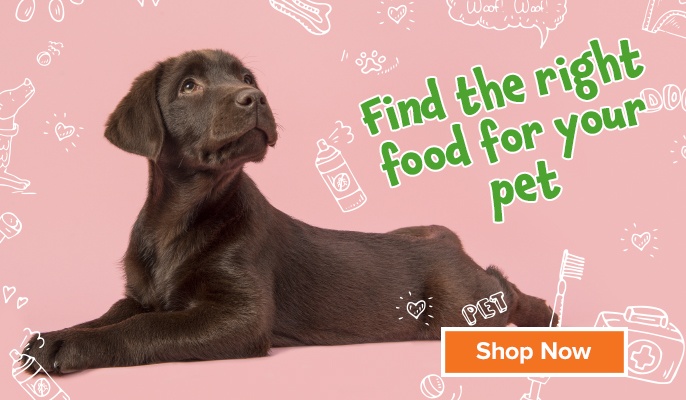When we shop for food we often look at the ingredients to understand it’s nutritional value. The same goes for shopping for our pet food, as pet parents we want to know we’re feeding our pets the best and healthy diets. However, with so many diets out there to choose from and a long list of ingredients, it can be difficult to know what the benefits of each ingredient are to our pets.
Here are some key words you need to know to help you choose the best healthy pet diets:
Complete Pet Foods
Complete foods contain all of the nutrients that will keep your pet healthy, and these can be of the wet or dry variety. Only complete pet foods are suitable for daily feeding without adding further food products. All you need to do is make sure that you serve the right feeding amount to suit your pet’s size, age, breed and activity levels.
Complementary Pet Foods
Complementary foods are designed to be only a part of the diet (often referred to as treats) and don’t contain the full amounts of nutrients your pet will need on their own. Some raw manufacturers produce complementary food, which is intended to be mixed with other products to make a complete meal.
Ingredients- What do they mean?
Meat and animal derivatives – This refers to the animal based ingredients in the recipe and is a term prescribed in law. Most pet foods are made from a recipe using several ingredients which are all combined into a food to meet the daily nutritional requirements of the pet. They can be listed on the pet food label under a category description such as ‘meat and animal derivatives’ or as a full ingredients list.
Animal protein- Meats are generally good sources of protein, essential fatty acids, iron and some B group vitamins. They also increase the palatability of a product and have a high digestibility. Quality foods will name the source of the protein, e.g. lamb, beef, fish, chicken etc. (Avoid foods which simply list “meat” or “meat meal” as the highest ingredient)
Cereals (Carbohydrate)- You may have heard that dogs and cats don’t need carbohydrates in their diets , however cereals provide an important source of energy, a proportion of protein and other nutrients including thiamine and niacin. Good sources of carbohydrates in pet foods are usually cereal based such as corn (maize), rice, wheat, barley or sorghum.
Meat Meals– Are animal by-products that have been heat treated and dried with most of the moisture and the fat removed. As a result, it provides a concentrated protein source.
Preservatives- Can be artificial or natural, but either way they work by preventing the spoilage of food ingredients just like in our food. Canned pet foods are protected from spoilage by their airtight storage in the can, but dry foods, even with modern packaging, must include preservatives to maintain the quality and safety of the food.
Can fresh meat be be used in dry food?
Fresh ingredients cannot have been dried, frozen, cured or previously cooked prior to being made into a pet food. In dry pet foods the animal protein used can either be dry (usually called meal) or fresh – both are good-quality protein sources.
Grain free ingredients
Grain free diets have recently become more popular and one assumptions is that grain free diets are the best diets for pets with food allergies. While food allergies do occur in pets, dietary intolerance or allergies is actually rare. Whilst a very small number of pets may be intolerant or allergic to a particular grain, this does not mean that all animals will be affected, or that any one grain is inherently bad.
What are grains? Grains are a group of ingredients that contain carbohydrates including rice, wheat, barley, sorghum, maize (corn), etc.
Grain free doesn’t necessarily mean no carbohydrates. They are also in other ingredients, such as potato and sweet potato. This is why you may see potato or potato flakes in a grain-free diet.
Many grain free diets will have ‘pea starch’ or ‘pea fibre’. This is to replace the ‘starchy’ grains of corn and wheat. Pea Starch is also often used as a thickening agent due to its gelling properties to help produce durable kibble.
The most important consideration when deciding what diet to feed your pet is whether it provides complete and balanced nutrition appropriate to their breed and life stage. If there is too much of one nutrient and not enough of others, it will impact your pet’s health.
For more information about pet diets read our blog Choosing the right commercial diet for your pet
Information source: pfma (Pet Food Manufacturers Association)

